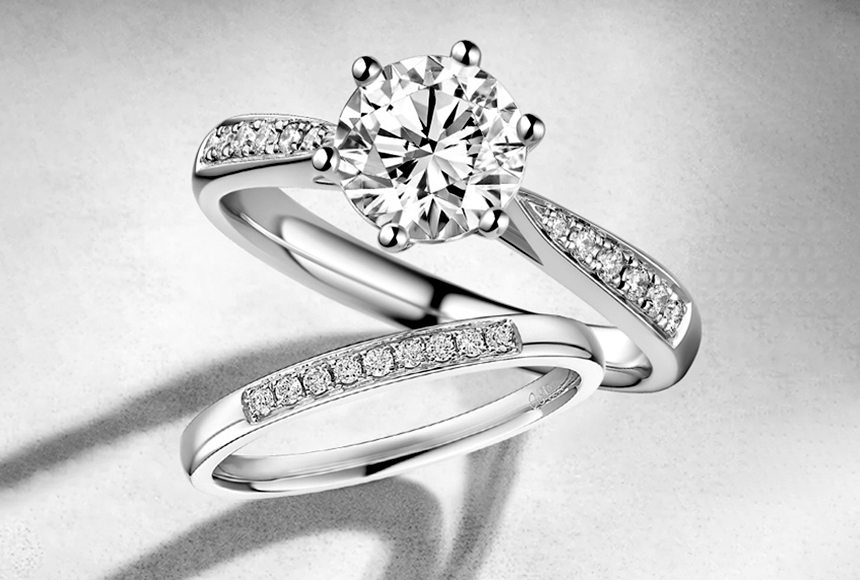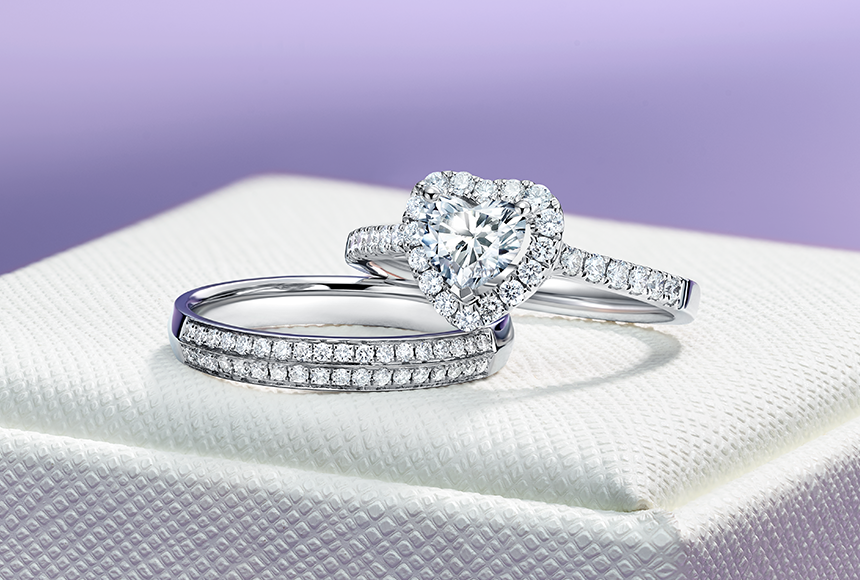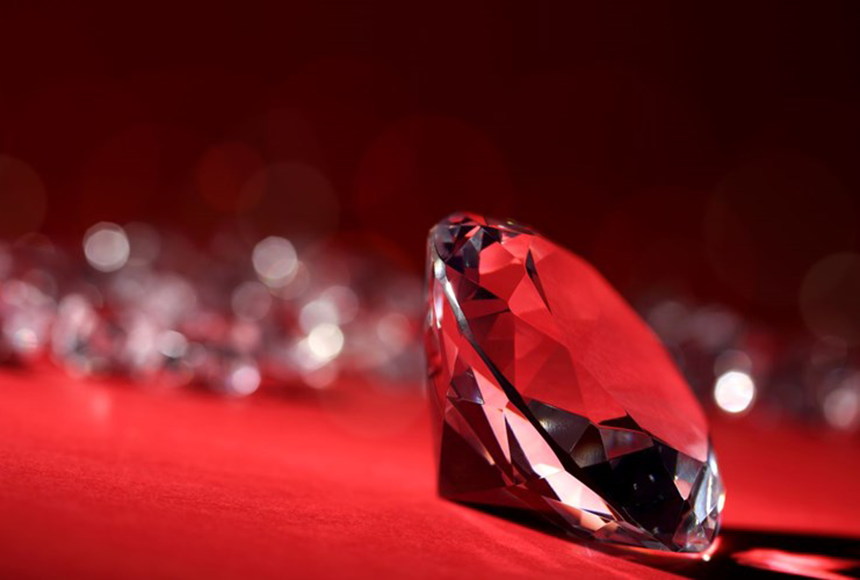Fast Search
- Love Check
- Marquise diamond
- Bypass ring
- Heart ring
- Classic eternal style
- Wedding season
- Trendy style
- Men's ring
- International designers collection

Fast Search
- Love Check
- Marquise diamond
- Bypass ring
- Heart ring
- Classic eternal style
- Wedding season
- Trendy style
- Men's ring
- International designers collection

Lab Grown vs. Natural Diamond, What is the Difference?
Sep 25,2023
Due to the high price of diamond engagement rings and diamond wedding bands making them unaffordable for many people, lab grown diamonds have become increasingly popular in recent years and also an alternative option for natural diamond engagement rings. However, you are not a gemologist and will inevitably encounter a lot of uncertainty when shopping for a diamond ring.
Lab created diamonds are composed of the same crystalline carbon as natural diamonds, so both have the same appearance and the same physical, chemical and optical properties. They also apply the 4Cs of diamonds for grading, but you can't tell them apart with the naked eye. One of the most pressing questions you will face is whether to buy natural diamond engagement rings or lab grown diamond engagement rings.
What is Natural Diamond?
Natural diamonds refer to a natural substance composed of billions of carbon atoms that formed naturally deep in the earth billions of years ago, as distinguished from synthetic and cultivated. These natural substances are later mined by hand to create diamonds for fine jewelry.
What is Lab Created Diamond?
Lab created diamonds are diamonds that are made entirely by artificially simulating the conditions of natural diamond formation. However, lab-grown diamonds have the same appearance and the same physical, chemical and optical properties as natural diamonds.
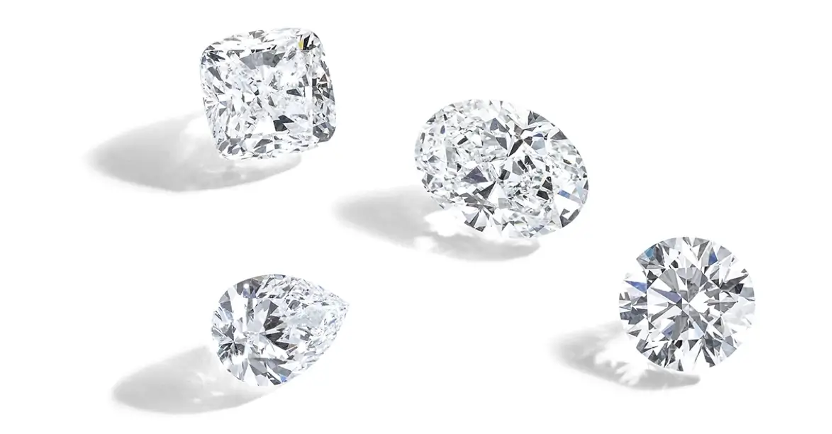
This article about lab grown vs. natural diamond is designed to take you through the differences between them to help you make the right decision.
Differences Between Lab Grown and Natural Diamonds
1. Lab Diamond vs Natural Diamond: Different in Formation
● How are natural diamonds formed?
Most natural diamonds on the jewelry market today were formed over billions of years of high temperature and pressure in the mantle layer below the earth's surface. The extreme heat and pressure caused the elements of carbon to rearrange themselves at the atomic level, resulting in the solid form of a diamond that was brought to the surface by volcanic eruptions.
Deep-source volcanic eruptions send diamonds through kimberlite pipes closer to the surface to facilitate the mining of the stones. The mined stones are then processed and set in a variety of engagement rings and wedding bands.
● How are lab diamonds created?
The practice of growing diamonds through laboratories began in the 1950s, but was not introduced to the jewelry market until the early 2010s. There are two methods of creating lab diamonds: HPHT (High Pressure, High Temperature) or CVD (Chemical Vapor Deposition).
HPHT diamond refers to the use of extreme temperatures and pressures to simulate the conditions under which natural diamonds are formed in the mantle layers of the earth. In this process, natural graphite is placed in a large machine that crushes it at extremely high pressures and temperatures, eventually gradually turning it into diamond.
CVD diamond involves breaking down molecules of a carbon-rich gas (such as methane) into carbon and hydrogen atoms, which are then deposited on diamond crystal seeds. The seeds are placed in a chamber filled with heated gas. Once the gas reaches the right temperature, layers of carbon begin to form on the seeds and thus form square diamond crystals.
● What is the difference between CVD diamond and HPHT diamond?
The main difference between HPHT and CVD diamonds is their growth or morphology. CVD diamonds are cubic in shape and have only one growth direction, while HPHT diamonds are cuboctahedral in shape and have 14 different growth directions.
In fact, you cannot tell the difference between CVD and HPHT diamonds with the naked eye, but both methods can create real diamonds that are chemically and physically similar to natural diamonds and are graded using the 4Cs of diamonds (color, cut, clarity and carat).
2. Lab Diamond vs Natural Diamond: Different in Materials
Natural diamonds are made of pure carbon crystallized in an isometric cubic system. However, natural diamonds are not 100% pure carbon, but have other inclusions (e.g., nitrogen) that have been bonded to the diamond over billions of years of molding. Natural diamonds contain traces of nitrogen, whereas lab created diamonds do not, which is actually one of the signs gemologists use to identify whether a diamond is lab-grown or natural.
3. Lab Diamond vs Natural Diamond: Different in Formation Time
Compared to natural diamonds, which take billions of years to form in the mantle layer below the Earth's surface, lab grown diamonds may take only about a month.
4. Lab Diamond vs Natural Diamond: Different in Price
Compared to lab diamonds, are natural diamonds more expensive? Natural diamonds have a rarity factor, take longer to form and are more expensive to mine, which in turn results in costing approximately 30-50% more than lab grown diamonds. Although lab created diamonds have the same physical and chemical properties as natural diamonds, and are less expensive than the natural ones, natural diamonds retain their value better than lab diamonds over time.
This is because according to the basic laws of supply and demand, it is believed that as the market demand for natural diamond engagement rings increases, especially if supply is limited, the value of natural diamonds rises. Whereas, over time, if the supply of lab created diamond engagement rings is greater than the market demand for diamond rings, then it means that the market is flooded and the price of lab made diamond engagement rings may depreciate.
Should You Buy Natural Diamond Engagement Rings or Lab Grown Diamond Engagement Ring?
Scientifically speaking, there is no substantial difference between a lab created diamond and a natural diamond that has been formed over billions of years. But natural diamonds are often given sentimental and investment value due to their rarity.
The solid nature of a natural diamond signifies the longevity of the love between two people, and the rarity of a natural diamond symbolizes the special and unique love. If you have a budget and a long-term investment horizon, then natural diamond engagement rings are the perfect choice for you.
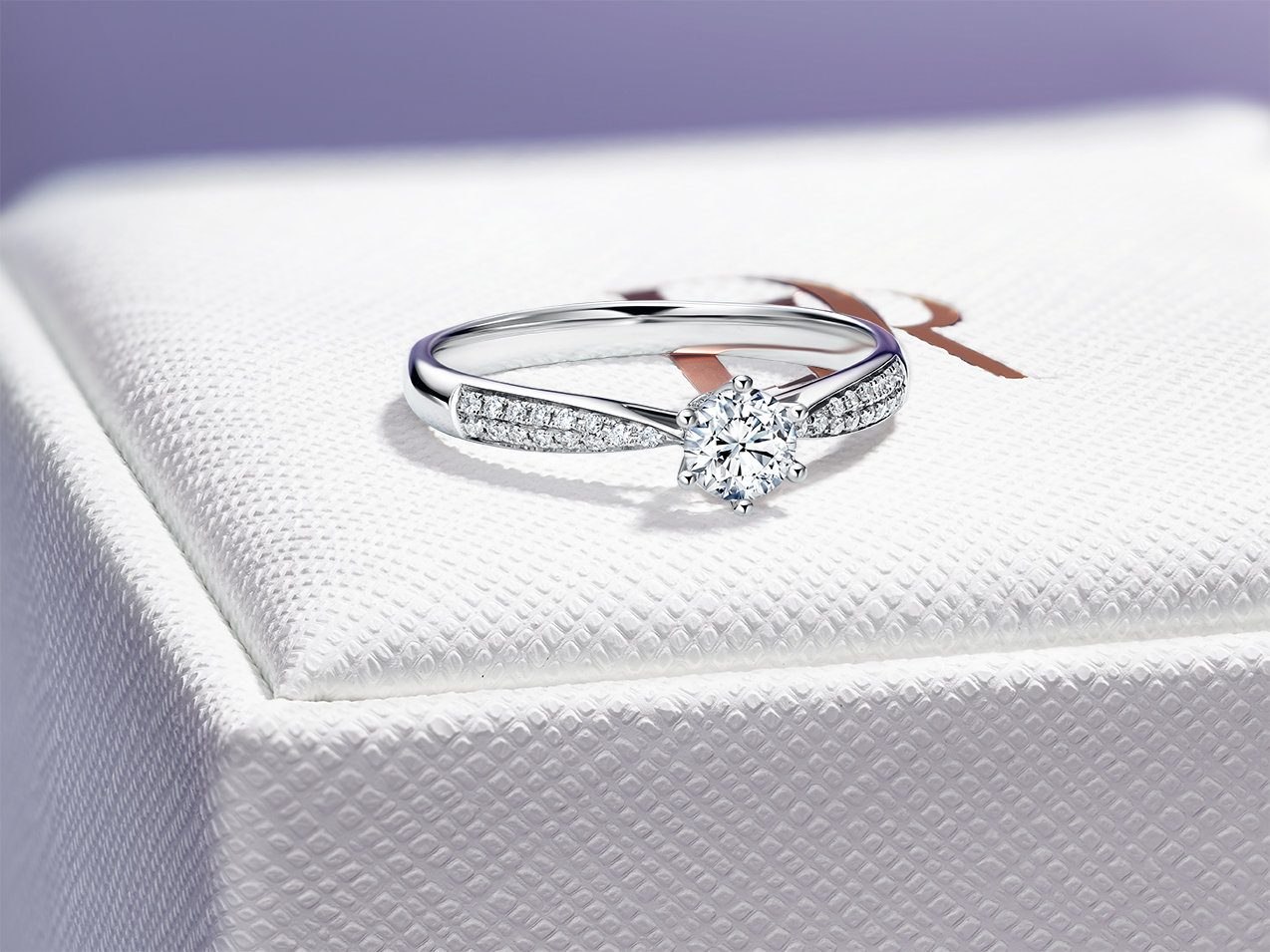
However, if you have a limited budget and don't care about the value of the diamond, then lab grown diamond engagement rings are a good choice. In addition, if you are an environmentalist, you will be more than happy to buy lab made diamond engagement rings as they avoid the environmental and ethical issues associated with mining natural diamonds.
There is no right or wrong answer when it comes to choosing between lab grown diamond engagement rings and natural diamond engagement rings, it all depends on your budget and personal preference.
But if you are looking for engagement rings and wedding bands with natural diamonds, you can visit the diamond ring listing page of Darry Ring. Each DR diamond is a unique natural diamond that is carefully selected and cut. Darry Ring strictly follows the 4Cs of diamonds, equips with exquisite diamond cutting techniques, and is committed to producing the best DR diamonds.
If you have any questions about DR diamonds, Darry Ring's professional diamond engagement ring team is ready to help you!

